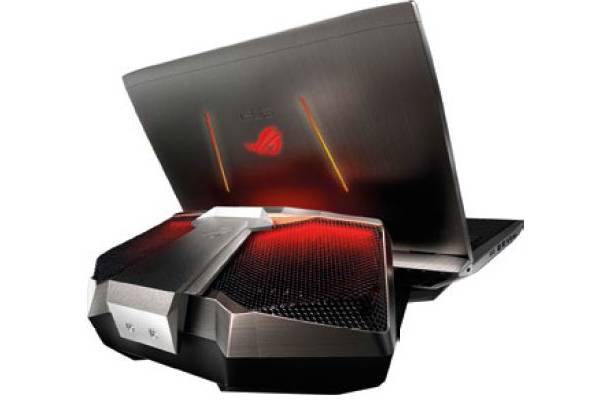Getting break-neck Internet speeds is an expensive affair.


Getting break-neck Internet speeds is an expensive affair.

Fiber broadband service providers Singtel, SuperInternet, and M1 have recently announced 10Gbps broadband plans for home users. While the idea of ultra-fast simultaneous downloads and uploads sounds exciting, know that it’s equally important to get your home network and computer setups up to speed fi rst. Here are four things you need to check before signing that 10Gbps plan.
CAT 6 CABLING
A wired connection is a must if you wish to get anywhere near the claimed 10Gbps speed. For 10-gigabit Ethernet (10GBASE-T), you need at least Category 6 cabling, which generally costs about $4 or so per meter.
For improved alien crosstalk performance, and especially if you need to run a longer distance (say, up to 100 meters) between the optical network router and computer, go for Cat 6A cabling instead.

10GBASE-T NETWORK INTERFACE CARD OR ADAPTER
Your computer also needs a 10GbE port, and if it doesn’t have one, you may need to get a 10GBASE-T network interface card (NIC). Most 10GbE NICs aren’t cheap: even a low-end one will set you back about US$300.
For Mac users, if your machine supports a Thunderbolt 2 connection, an alternative is to get the Promise SANLink2 Thunderbolt 2 to 10Gb/s Ethernet adapter, which costs $819.

MOTHERBOARD WITH AT LEAST A PCI EXPRESS X4 SLOT
Your computer also needs to be fairly modern and high-end to support a 10Gb/s connection. In fact, most systems that run 10GbE today are either servers and high-powered workstations.
Before you even rush out to buy the NIC, first check if your motherboard supports the NIC you want to get. A 10GbE NIC typically requires a free PCI Express x4 or higher slot in order to achieve the bandwidth needed.

A FAST CPU AND SSD, TOO
To sustain the insane speeds, you need a fast system; there’s a reason why an Intel Core i7 is often cited as a minimum system requirement for a 10Gbps connection.
You should also try to avoid storage speed bottlenecks, so get a high-end PCIe-based solid-state drive (SSD) while you’re at it. Consider this: a 10GbE connection can hit a speed of about 1,200MB/s. The high-end Samsung SSD 950 Pro, for example, tops out at 2,500MB/s and 1,500MB/s for reads and writes respectively.























